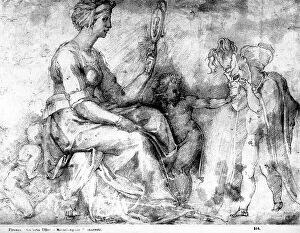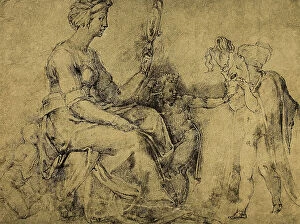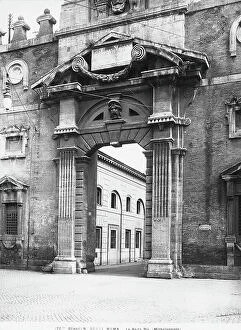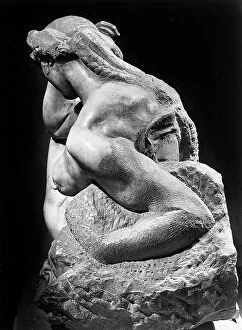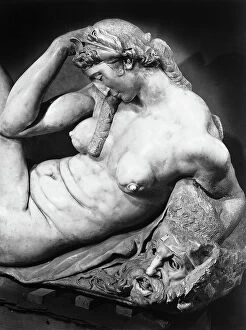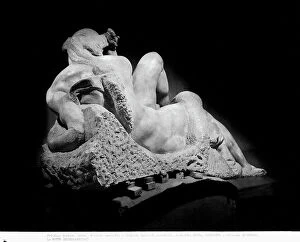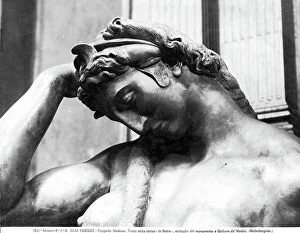Maskhigh Renaissance Collection
The "Maskhigh Renaissance" is a captivating artistic movement that emerged during the High Renaissance period in Italy
All Professionally Made to Order for Quick Shipping
The "Maskhigh Renaissance" is a captivating artistic movement that emerged during the High Renaissance period in Italy. This era was characterized by an exploration of human emotions and desires, often depicted through intricate and symbolic artworks. One notable example is Raphael's drawing of a female figure with a mask, housed in the Gabinetto dei Disegni e delle Stampe at the Uffizi Gallery in Florence. This artwork hints at the theme of vanity, as masks were commonly associated with hiding one's true identity or intentions. Another intriguing piece from this period is Michelangelo's drawing titled "Vanity (?), " also found at the Uffizi Gallery. It showcases his mastery of capturing complex emotions, possibly alluding to society's obsession with appearance and self-image. Moving beyond drawings, we encounter architectural wonders like the third window on the façade of Certosa of Pavia central candelabrum. This exquisite design exemplifies how even functional elements can be transformed into works of art during this time. Sculptures played a significant role in expressing human emotions as well. Michelangelo's statue representing Night, part of the monument to Giuliano De' Medici Duca di Nemours located in the New Sacristy inside Basilica di San Lorenzo, Florence, demonstrates his ability to convey deep sorrow and melancholy through marble. Porta Pia in Rome by Michelangelo showcases his architectural prowess outside Florence. The grandeur and attention to detail seen here are characteristic features that define this remarkable era. During World War II, these precious artworks faced potential destruction but were thankfully safeguarded. Photographs taken during their removal reveal stunning details such as Night seen from behind or specific features like feet captured meticulously by photographers attempting to preserve their beauty for future generations. Maskhigh Renaissance represents an extraordinary period where artists delved into themes such as vanity while creating masterpieces across various mediums including drawings by Raphael and Michelangelo, architectural wonders like Porta Pia, and sculptures depicting human emotions.


